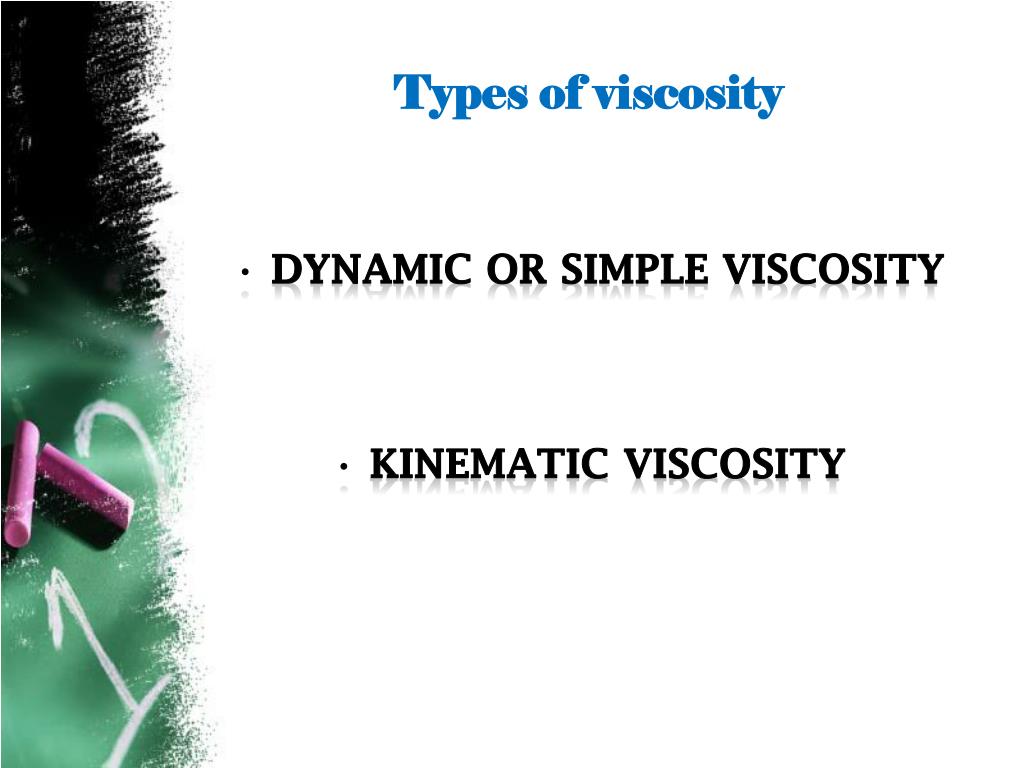
As the temperature increases, the molecules move more rapidly and their kinetic energies are better able to overcome the forces that hold them together thus, the viscosity of the liquid decreases.

As Table 1 shows, the more structurally complex are the molecules in a liquid and the stronger the IMFs between them, the more difficult it is for them to move past each other and the greater is the viscosity of the liquid. The IMFs between the molecules of a liquid, the size and shape of the molecules, and the temperature determine how easily a liquid flows. You can view the transcript for “Surface tension | States of matter and intermolecular forces | Chemistry | Khan Academy” here (opens in new window). (credit a: modification of work by Scott Bauer credit b: modification of work by David Nagy) (a) Honey and (b) motor oil are examples of liquids with high viscosities they flow slowly. The table below shows the viscosity and surface tension of some familiar liquids.Figure 1. However, a high viscosity liquid like wood glue actually has very low surface tension, enabling it to penetrate irregular wood surfaces. Generally, we think of high viscosity liquids as having high surface tension and intuitively associate the two. If the surface tension of the liquid is known, the contact angle measures the activity of the surface. If the surface activity is known, the contact angle measures surface tension. One way of measuring surface tension is by identifying the contact angle where a drop of a liquid meets a surface. Surface tension provides a good means for gauging the effectiveness of many cleaning agents. Chemical additives such as soaps may also reduce surface tension. The surface tension of a liquid almost always decreases as the temperature of the liquid is increased. Surface tension is created as molecules at the surface of the liquid have a stronger attraction to each other than they do for the molecules that comprise the material next to it.Ī higher the surface tension means a more stable barrier between two substances, which will prevent them from mixing. Surface tension describes the strength of a liquid at its surface. In most cases viscosity decreases as temperature is increased, however motor oil is an example of an engineered fluid, which is formulated to maintain its viscosity. For example, the viscosity of toothpaste is greater than that of motor oil, and the viscosity of motor oil is greater than that of water. In the case of non-Newtonian liquids, they can increase or decrease in viscosity as motion is increased.īasically, viscosity is the resistance to motion of a liquid. Newtonian liquids obey Newton’s law of viscosity, which means that their internal flow resistance is independent of external force. Newton’s law of viscosity describes the relationship between the shear stress and shear rate of a liquid under a mechanical stress. Water is an example of a low viscosity (thin) liquid, while toothpaste is an example of a high viscosity (thick) liquid. Viscosity is a physical characteristic of fluids that demonstrates resistance to motion or flow. Understanding these concepts is useful for determining what cleaning methods will be most effective for an application. Two important properties involved in parts cleaning are viscosity and surface tension.


 0 kommentar(er)
0 kommentar(er)
